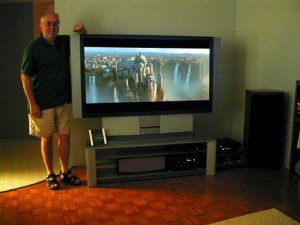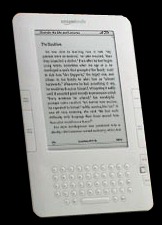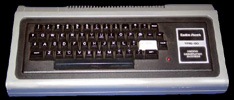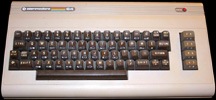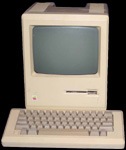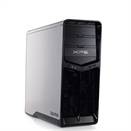
Photo credit: Wikimedia
By Debbie Burke
Memo to James Bond: Forget Brioni and Tom Ford bespoke suits. The US government’s Intelligence Advanced Research Products Activity (IARPA) is going into the fashion business with SMART ePANTS.
SMART ePANTS stands for SMART ELECTRICALLY POWERED AND NETWORKED TEXTILE SYSTEMS.
Side note: Who wants to apply for the job to create snappy government acronyms?
A reported $22,000,000 is being used to develop textiles that are washable, breathable, flexible, and comfortable with smart technology woven right into the fabric. Soon shirts, pants, socks, and, yes, even underwear may be able to record photos, video, audio, and geolocation data.
Instead of body cams and handheld devices, law enforcement personnel or intelligence gatherers simply wear smart clothing that performs similar tasks.
According to IARPA, components include “weavable conductive polymer ‘wires’, energy harvesters powered by the body, ultra-low power printable computers on cloth, microphones that behave like threads, and ‘scrunchable’ batteries that can function after many deformations.”
The result is surveillance and recording capability that is undetectable, as inconspicuous as a tiny slub in the material of a shirt or pants.
The developer of SMART ePANTS is Dr. Dawson Cagle. A July, 2023 article in Homeland Security Today quotes Cagle:
“As a former weapons inspector myself, I know how much hand-carried electronics can interfere with my situational awareness at inspection sites,” Dr. Cagle said. “In unknown environments, I’d rather have my hands free to grab ladders and handrails more firmly and keep from hitting my head than holding some device.”
He adds: “We’ve moved computers into our smart phones. This is the chance to move computers into our clothing and help the IC, DoD, DHS, and other agencies improve their mission capabilities at the same time.”
Cagle says his father’s diabetes was the inspiration for the smart textile technology he’s working on. He describes how his father used to perform five manual tests a day to track his blood sugar. Now, automatic monitors are incorporated into smartphones for immediate testing anytime.
https://youtu.be/hJWRpAEife8?si=5qTW2UUmB2Ohh5dM
So, the wearer may also be watched.
The feds aren’t the first to pioneer smart textiles.
Underwear with embedded electrical stimulators is used to prevent bed sores.
Smart clothing is available to consumers to track biometrics for health and fitness monitoring and even to improve yoga form.
At IARPA, the testing process for smart textiles is divided into three parts: 18 months to “build it”; 12 months to “wear it”; 12 months to “wash it.”
IARPA is the government’s “Gee Whiz” department that experiments with new possibilities for cutting edge technology. IARPA “invests federal funding into high-risk, high reward projects to address challenges facing the intelligence community.”
Sometimes their experiments succeed; sometimes they’re costly failures.
According to The Intercept, Tactical Assault Light Operator Suit (TALOS) is one such example. In 2013, IARPA inventors went to work on wearable material that could transform into protective armor for soldiers, similar to the “Iron Man” suit that Robert Downey wore in the 2008 film.
In a 2013 article on Mashable:
Norman Wagner, a professor of chemical engineering at the University of Delaware, is using nanotechnology to create a liquid-ceramic material. The moment the thin, liquid-like fabric is hit with something — say, a bullet — it would immediately transform into a much harder shell.
“It transitions when you hit it hard,” Wagner told NPR. “These particles organize themselves quickly, locally in a way that they can’t flow anymore and they become like a solid.”
After six years of research at a cost of $80,000,000, The Intercept reports TALOS was shelved in 2019 without producing a usable prototype.
As writers, we understand how many times our stories fail before being accepted by an agent or publisher. Fortunately, the cost of our experiments rarely runs into millions or billions.
Vincent Van Gogh said: “Success is sometimes the outcome of a whole string of failures.”
The concept of surveillance clothing revs up the imaginations of thriller, espionage, and sci-fi writers. Books and films have a long history of providing fodder for future inventions. Our jobs as writers include being visionaries and prophets.
Now the only question left to answer about SMART ePANTS: Boxers or briefs?
~~~
TKZers: Have you used “gee whiz” inventions like SMART ePANTS in your fiction?
What story situations can you imagine where wearable surveillance garments play a role?
Have you invented a product or concept that could come to pass in the future?

